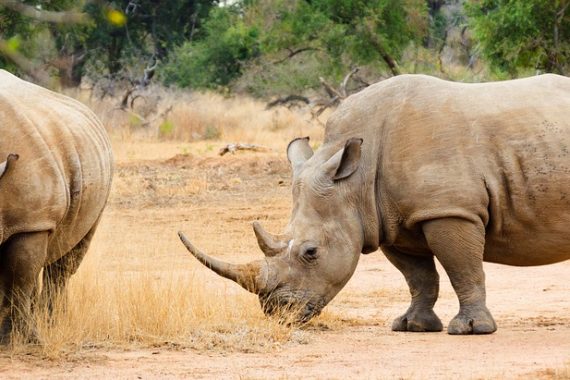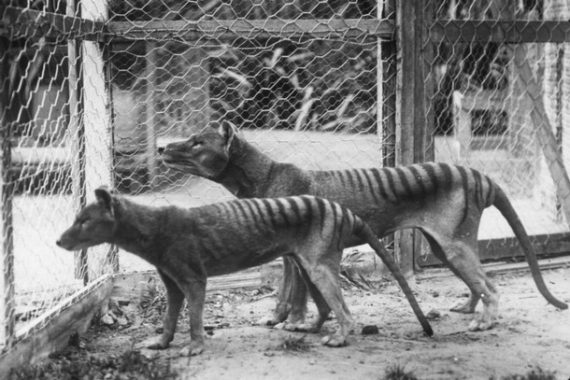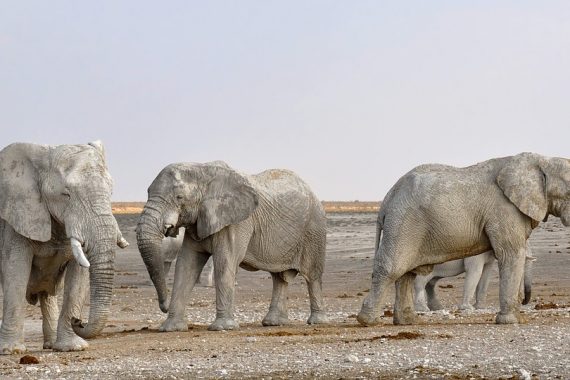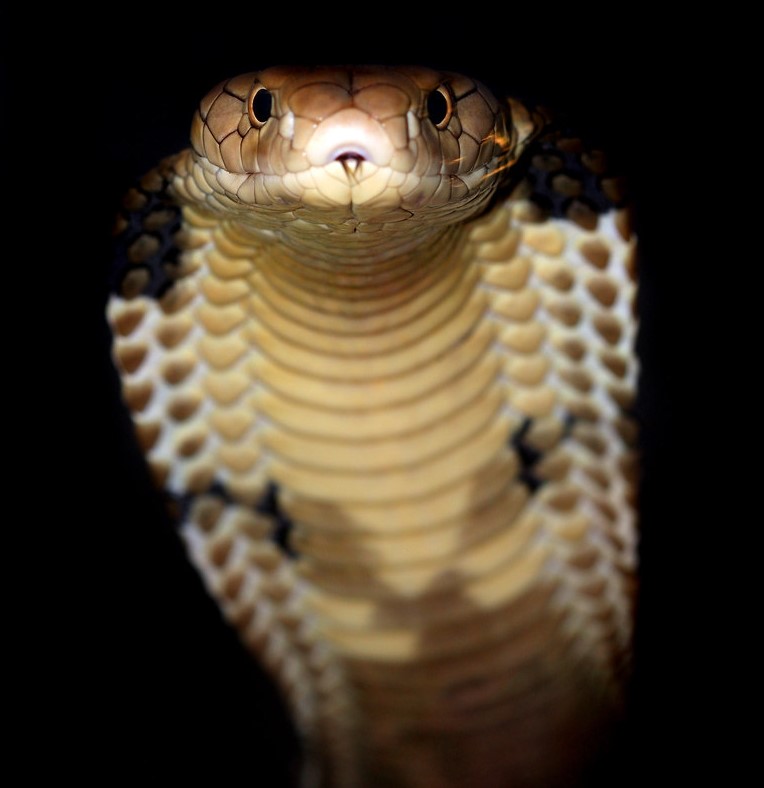
This week we cover one of the most iconic venomous snakes around, the King Cobra. Not only is this the longest venomous snakes in the world, it is also one of the shyest. There is much to learn about this amazing animal and many of the facts will no doubt surprise you.
King Cobra History
Researchers believe that snakes evolved from lizards roughly 175 million years ago. The first fossil evidence of snakes was found in Southern England, with a species called Eophis underwoodi. Snakes began to become more diverse at the end of the dinosaur age, roughly 60 million years ago. The first evidence of venomous snakes appears in the fossil record 25 million years ago. A cobra-like snake, an elapid, appeared in Africa around this time.
King Cobras are not a “true cobra.” The true cobras belong to the genera “Naja.” These snakes range from Africa to Asia and consist of 38 species. King Cobras are their own genus and have the scientific name Ophiophagus Hannah. There is only one species of King Cobra.
King Cobra Physiology
King Cobras are by far the longest venomous snake in the world. They can grow up to 18 feet (5 m), but average around 13 feet (3 m). They are not particularly heavy but can weigh up to 20 lbs. (9 kg). Depending on where they live will usually dictate their coloration and striping/chevron pattern.
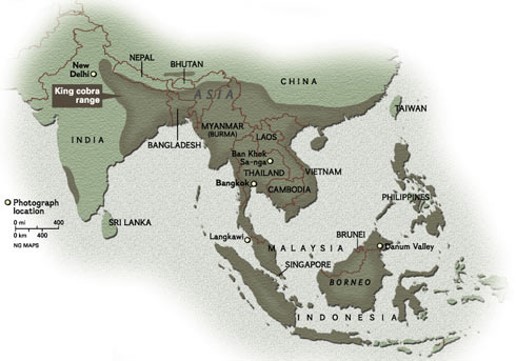
King Cobras usually average around 20 years in the wild, but have been known to live up to 30 years. Compared to other snakes, King Cobras have good vision. Cobras are also known for their “hoods” when threatened or stimulated. They achieve this by standing tall, and inflating their lungs with air, which pushes their floating ribs up, and thus inflating out their loose skin around their necks. Thus, this gives them their iconic stance.
Finally, while the King Cobra venom is not the World’s most toxic, they are deadly due to the volume of venom they inject. It is estimated they inject up to 7 ml or 1.5 teaspoons of venom in a bite. However, due to their shy nature, there are very few human deaths due to King Cobras reported every year.
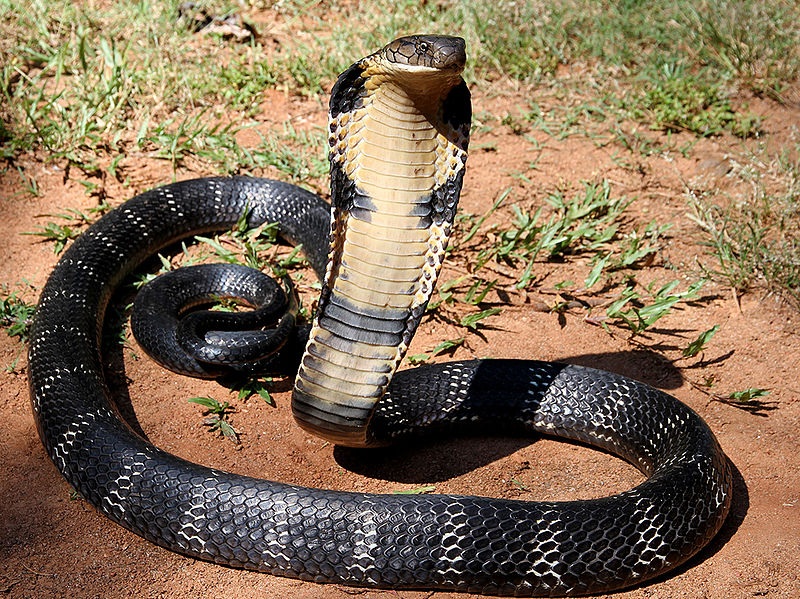
King Cobra Conservation
The King Cobra is listed as Vulnerable by the IUCN. While their exact population is unknown, scientists have recorded drastic drops in populations throughout SE Asia. Out of all the topical forests in the world, SE Asia is seeing the quickest loss of biodiversity. One of the main reasons is the clear cutting and planting of palm oil. Other commodities such as beef, soy and timber, all are contributing to rapid loss of biodiversity in our tropical regions.
To help King Cobras and other animals, e.g. Tigers, Orangutans, Gibbons and others, please shop sustainable palm oil. You can download “Sustainable Palm Oil apps,” or look for labeling such as the RSPO (see images). While not perfect, it is the best we have in combating even further destruction of the world’s tropical forests.
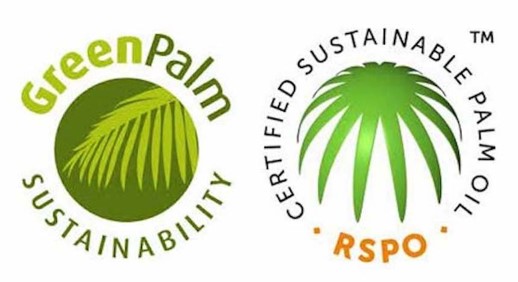
Organization

